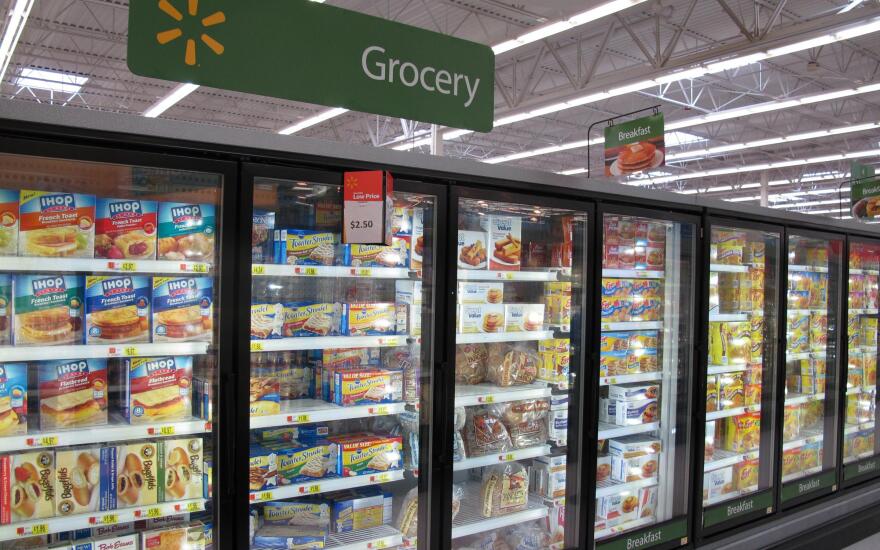The two federal agencies tasked with enforcing the nation’s food safety laws agreed this week to collaborate better, update biotechnology regulations and implement new safety inspections on produce farms.
The biggest change from the agreement between the U.S. Department of Agriculture (USDA) and the Food and Drug Administration (FDA), however, could come from a review of how food processing facilities currently are regulated by both departments. Experts say that could lead to less paperwork for food manufacturers and more streamlined reports of recalls and other food safety issues.
A patchwork of food safety laws divides food safety responsibilities among more than a dozen federal agencies, most led by either the USDA or the FDA. The USDA is in charge of meat and poultry, while the FDA handles just about everything else, including fresh produce, dairy and processed foods. But there are some odd exceptions. FDA oversees eggs in the shell, but the USDA is in charge of raw eggs that are often used in food processing. The FDA regulates seafood, except for catfish, which falls under USDA.
As a result, many food processors come under scrutiny by both agencies. A classic example is frozen pizza: Cheese pizza can be handled by the FDA, but once sausage is added to the recipe, the USDA must get involved.
The food safety maze
Working with two regulators at once gets complicated — the Government Accountability Office (GAO) recently reported that the agencies have different tests to detect pharmaceuticals in imported fish.
“We pointed out issues where USDA and FDA aren’t coordinating on testing methods for picking up drug residues in that seafood or what the acceptable tolerance levels would be,” GAO Director of Food Safety and Agriculture Steve Morris says.
Another complication is that the USDA has to have a constant presence in the food production facilities it oversees, but the FDA doesn’t.
“USDA is in the facility every day with inspectors, whereas FDA may be inspecting a facility once a year, and that does have an impact on safety,” says Sarah Sorscher, a regulatory analyst with the Center for Science in the Public Interest, a nonprofit consumer advocacy group.
Consider the recent criticism of the FDA for its slow response to some food-related illnesses.
In one case, 14 people contracted salmonella, which was traced back to a facility that makes nut butter. The product was recalled 165 days after the problem was identified.
Streamlining food safety responsibilities means working out the details of which agency will be on site and how often; what types of tests will be used to detect chemicals and pathogens; and which agency will be responsible for issuing recalls, Sorscher says.
It also means working out how to better share information, as companies regulated by both the USDA and FDA report to two different systems.
“It’s like having someone who has a Mac and someone who has a PC,” Iowa State University food safety researcher Angela Shaw says. “They have to get their systems on accord so that they’re able to even share information.”
If the FDA and USDA could share information more easily, it also could speed up food recalls and cut the cost of paperwork for food companies, she says.
What’s next?
That leaves a long list of technical details for the USDA and FDA to work out, but after years of recommendations, the GAO’s Steve Morris says he’s glad to hear the agencies are looking to streamline things.
“The bottom line here is that coordination is always a good thing,” Morris said.
In the cooperative agreement announced Monday, the agencies also said they would work together to implement a new produce-safety rule. The FDA is already in charge of investigating recalls from produce farms, but under the new rule, it will do preventive safety inspections on most farms beginning in 2019. The USDA will help with inspections and educate farmers through university extension programs.
The agencies also agreed to review regulations for gene-editing technology, like CRISPR and TALEN, that allow scientists to make changes to plants’ and animals’ DNA.
The USDA has decided such products do not require the same oversight as genetically modified organisms (GMOs), where DNA is inserted from other species. The FDA, on the other hand, requires gene-edited plants and animals to go through the same regulatory evaluation as other GMOs. Skeptics of gene editing would like the USDA to adopt the FDA’s evaluation policy, while biotech researchers want the FDA to recognize the methods as safe.
--
Follow Grant Gerlock on Twitter @ggerlock.
To contact KMUW News or to send in a news tip, reach us at news@kmuw.org.




